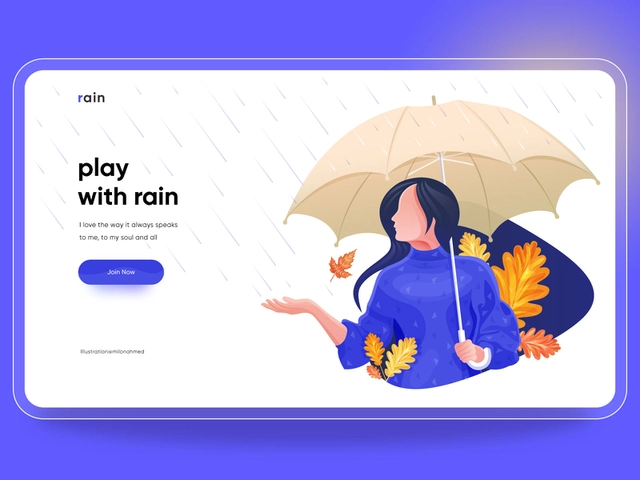“The drawing shows me at one glance what might be spread over ten pages in a book.”
By, Ivan Turgenev
The good old days
Companies have long used stock photographs to give a visual aspect to their websites. However, stock photographs are not original and are not made in accordance with the brand. As a result, your website has a good chance of falling into obscurity because of the lack of a unique visual identity. Back then this website was called “the most beautiful” website on the web. It had all these amazing computer graphics, gradients, shadows, colors, photographs, and anything else that could appeal to the ordinary 1997 internet user’s eye. And no doubt that such websites would have been groundbreaking at the time.

Visual appeal is more important
Over the period of time, the device sizes have changed and the processors have become a lot more powerful than in the 90s. People’s perceptions and tastes have improved drastically. To make a user stay on your website it needs to be useful and visually appealing. Using graphical illustration is one of the main and most loved approaches to do this nowadays.

Growing brand awareness and recognizability
In today’s world, we have complete access to the history of everything, thanks to the Internet. As a result, it is often mistaken when it comes to marketing our brand. The use of illustrations in branding helps customers understand the brand’s voice, personality, and originality. Most brands use regular stock images in their branding whereas stock images tell very little about you, but graphics can tell so much about you and your products and services. Illustrations can help you narrow in on your target market and their specific preferences. It is no secret to marketers or designers that most people enjoy seeing graphics. Personification, when used wisely in a product, can improve user experience, brand image, and brand recognition.
Making the message clear
An illustration is a creative way to convey a message. Illustration helps to provide a visual representation or example of what is being shared, making the message clear. It also offers an aesthetic element to the website or mobile app. Using illustrations is not modern; the usage of graphics to attract the product or convey messages traces back to 40,000 to 10,000 B.C. or earlier. Many of them were important in geometry. Their mathematical theories, such as the Circle Theorem and the Pythagorean Theorem, used graphical diagrams to explain the concept.

Creative storytelling
The illustration is a companion to a story. So, while a story comes alive with a character, try to think about the concept you’re trying to convey to your user and show that through illustrations. To make the illustration functional, this image should be immediately recognizable, and the information it conveys should likely be interpreted effectively, if not similarly, by different viewers.

Aesthetic satisfaction
Although, the brand value and brand satisfaction are purely based on quality products and services to earn loyal customers. The brand needs to undergo aesthetic judgments, judgments about the goodness and badness of the visual appeal of their product, website, apps, and so on. The key to earning those few new customers is in the hand of aesthetic satisfaction. The first thing customers experience is aesthetic satisfaction of the brand, and it is the main cue to earn new customers.

Emotional appeal
An emotional appeal is a method of persuasion that is intended to elicit an emotional response from the user. Since Aristotle’s day, knowledge of the human brain has changed, and current research warns against ignoring or rejecting the impact of emotions on people. Neuroscientist Antonio Damasio says ‘’We are not thinking machines. We are feeling machines that think.’
The Illustrations have a strong impact in creating an emotional appeal to your product. And you could actually express the brand’s feelings through illustrations using the style, colors, shading, shadow, and so on. This will make customers relate with what is being shown and help them connect with the product and the brand instantly. This initial connect goes a long way in creating an impact so that they tend to visit/buy your products more often.

Summary
Illustrations make your website/mobile app stand out by adding individuality and charm to it. As a designer, your goal is to guarantee that it is used with purpose and conveying a meaningful message to the audience. Therefore, illustrations should act as an extension of your brand’s personality.
This includes making a clear difference between pieces that convey a message and those that inspire your audience to interact. It also entails assisting viewers in comprehending a product or service, as well as ensuring that the site is not only visually appealing but also meaningful to its users.











